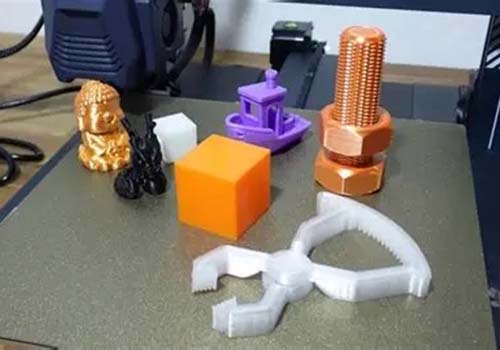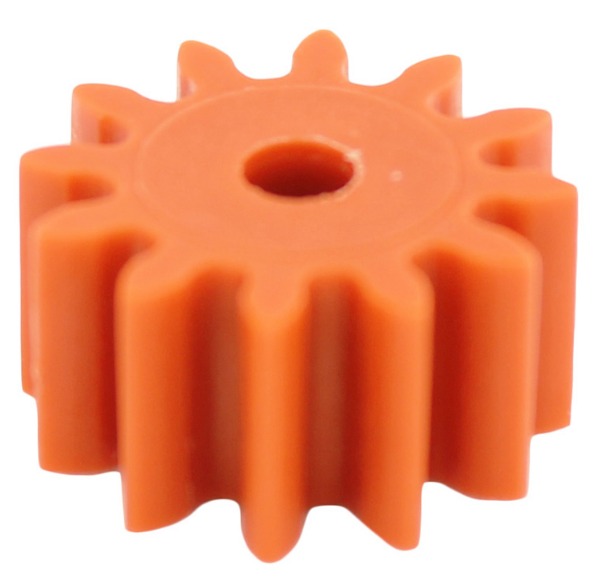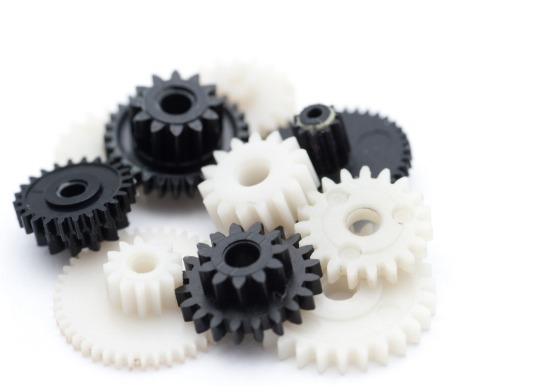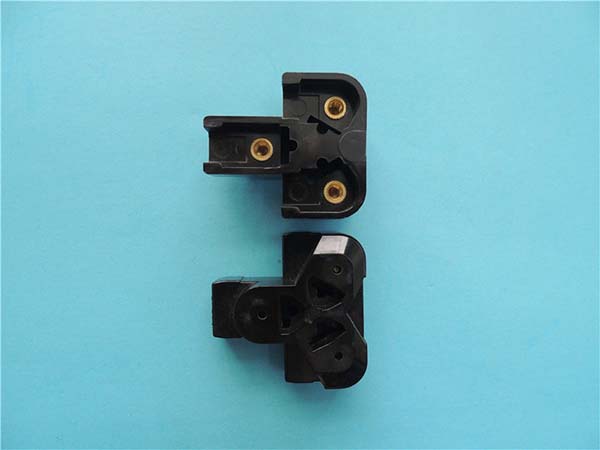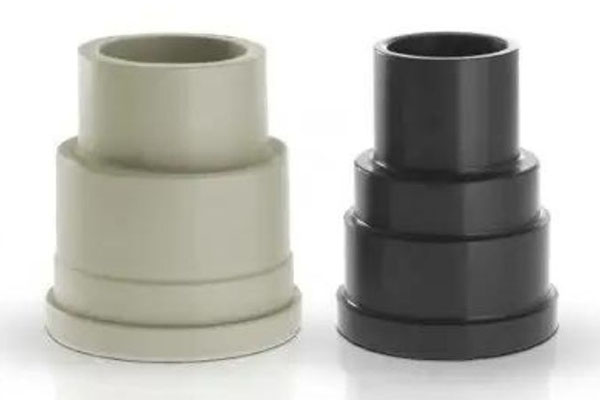If you’re looking to add designs, logos, or information to plastic products—whether for business branding, product labeling, or custom projects—plastic printing services are the solution. These services use specialized techniques to apply ink or graphics to various plastic materials, from flexible films to rigid containers. The right service can transform plain plastic into a branded asset, improve product functionality (like adding warning labels), or bring custom creations to life. Below, we’ll break down everything you need to know to choose the best service, understand the techniques, and avoid common pitfalls.
Types of Plastic Printing Techniques: Which One Fits Your Project?
Not all plastic printing is the same—different techniques work better for specific plastics, designs, and use cases. Understanding the pros, cons, and ideal applications of each will help you match your project to the right method. Here’s a detailed breakdown:
| Technique | Best For | Pros | Cons | Typical Cost Range (Per Unit) |
| Screen Printing | Large logos, bold designs on rigid plastics (e.g., water bottles, toy parts) | Durable, vibrant colors, works on uneven surfaces | Slow for small batches, not ideal for fine details | \(0.50 – \)5.00 |
| Digital Printing (UV or Inkjet) | Complex designs, photos, or small batches (e.g., custom phone cases, promotional keychains) | Fast turnaround, high detail, no setup fees for small runs | Less durable on flexible plastics, higher cost for large quantities | \(1.00 – \)10.00 |
| Pad Printing | Small, curved surfaces (e.g., pen caps, plastic knobs) | Can print on irregular shapes, precise for small areas | Limited to simple designs, slower than digital | \(0.30 – \)3.00 |
| Heat Transfer | Soft plastics (e.g., tote bags made of PVC, fabric-plastic blends) | Full-color designs, easy to apply to flexible materials | May peel if exposed to high heat or moisture | \(0.80 – \)4.00 |
Real-World Example:
A local coffee shop wanted to brand 500 reusable plastic cups. They initially considered digital printing for its speed but switched to screen printing after learning it’s more durable for items that get washed regularly. The screen-printed logos lasted 6+ months of daily use, compared to the 1–2 month lifespan of digital prints on the same cups.
Key Factors to Consider When Choosing a Plastic Printing Service
Selecting a service provider isn’t just about picking the cheapest option—you need to ensure they can meet your project’s unique needs. Here are the critical factors to evaluate:
1. Material Compatibility
Not all printers work with every type of plastic. For example, polyethylene (PE) and polypropylene (PP) are common but require special ink adhesion treatments, while acrylic and PVC are easier to print on. Ask the service:
- Do you have experience printing on [your specific plastic type]?
- Will you test adhesion (e.g., scratch or wash tests) before full production?
2. Batch Size and Turnaround Time
- Small batches (1–50 items): Digital printing is best, as it has no setup fees and fast turnaround (1–3 days).
- Large batches (500+ items): Screen printing or pad printing is more cost-effective, but setup can take 3–7 days.
A recent client needed 20 custom plastic (storage boxes) for a trade show in 5 days. We recommended a digital printing service that specialized in rigid plastics—they delivered the boxes in 3 days, with designs that held up to transport.
3. Quality Certifications and Compliance
If your products are for food contact (e.g., plastic containers) or medical use, the ink and printing process must meet safety standards. Look for services that comply with:
- FDA regulations (for food-contact plastics)
- RoHS (for electronics-related plastics, to restrict harmful substances)
- ISO 9001 (for general quality management)
A medical device company once made the mistake of hiring a non-certified service for plastic syringe labels. The ink peeled off during sterilization, leading to a recall. Choosing a RoHS-compliant service would have avoided this issue.
Common Challenges in Plastic Printing (and How to Solve Them)
Even with the right service, plastic printing can face hurdles. Here are the most frequent issues and how to address them:
1. Ink Adhesion Problems
Plastics like PE and PP have low surface energy, making it hard for ink to stick. Solution:
- Ask the service to use plasma treatment or primer coatings to prepare the plastic surface.
- Test a sample first—scratch the print gently with a fingernail; it should not peel off.
2. Fading or Smudging
Exposure to sunlight, moisture, or chemicals can damage prints. Solution:
- Choose UV-curable inks for outdoor or high-exposure products (they resist fading from UV rays).
- For items that get wet (e.g., water bottles), opt for waterproof inks and a clear topcoat.
3. Design Distortion on Curved Surfaces
Printing on curved plastics (e.g., shampoo bottles) can stretch or blur designs. Solution:
- Use pad printing, which is designed for irregular shapes.
- Work with the service to adjust your design—avoid small text or fine lines that are more likely to distort.
Industry Trends Shaping Plastic Printing Services in 2025
Staying updated on trends can help you make forward-thinking choices for your project. Here are the top developments:
1. Eco-Friendly Printing
As sustainability becomes a priority, more services are offering water-based inks (instead of solvent-based ones) and recycled plastic compatibility. A 2024 survey by the Sustainable Packaging Coalition found that 68% of businesses now prefer eco-friendly printing options, up from 45% in 2022.
2. 3D Plastic Printing Integration
Some services now combine 3D printing of plastic parts with on-demand printing of designs. This is ideal for custom products like personalized phone cases or small-batch industrial parts—you can get a fully printed, 3D-printed item in one process.
3. Smart Printing
Emerging technologies allow printing of conductive inks on plastics, enabling features like RFID tags (for inventory tracking) or touch-sensitive surfaces. This is growing in industries like retail (for smart packaging) and electronics.
Yigu Technology’s Perspective on Plastic Printing Services
At Yigu Technology, we believe plastic printing services are more than just adding graphics—they’re a tool to enhance product value and customer engagement. We’ve worked with clients across industries, from consumer goods to healthcare, and have seen firsthand how the right printing technique can solve problems: for example, helping a baby product brand use FDA-compliant inks on plastic teething toys to meet safety standards, or assisting a tech company with conductive ink printing for smart device casings. We recommend that businesses prioritize material compatibility and compliance first—cutting corners here can lead to costly recalls or unhappy customers. Additionally, embracing eco-friendly options isn’t just a trend; it’s a way to build trust with consumers who care about sustainability.
FAQ About Plastic Printing Services
- Can plastic printing services print on any type of plastic?
No—some plastics (like PE and PP) need special treatments, while others (like acrylic) are easier. Always confirm with the service that they have experience with your specific plastic.
- How long does a typical plastic printing project take?
Small batches (1–50 items) with digital printing take 1–3 days. Large batches (500+ items) with screen printing can take 3–7 days, including setup.
- Is plastic printing durable enough for outdoor use?
Yes, if you use UV-curable inks and a protective topcoat. These materials resist fading from sunlight and damage from rain or humidity.
- What’s the minimum order quantity (MOQ) for plastic printing services?
It varies—digital printing services often have no MOQ (or MOQs as low as 1), while screen printing services may require 50+ items to justify setup costs.
- Are eco-friendly plastic printing options more expensive?
They can be 10–20% more costly than traditional methods, but the price gap is narrowing as demand grows. The long-term benefits (like brand trust) often outweigh the extra cost.
